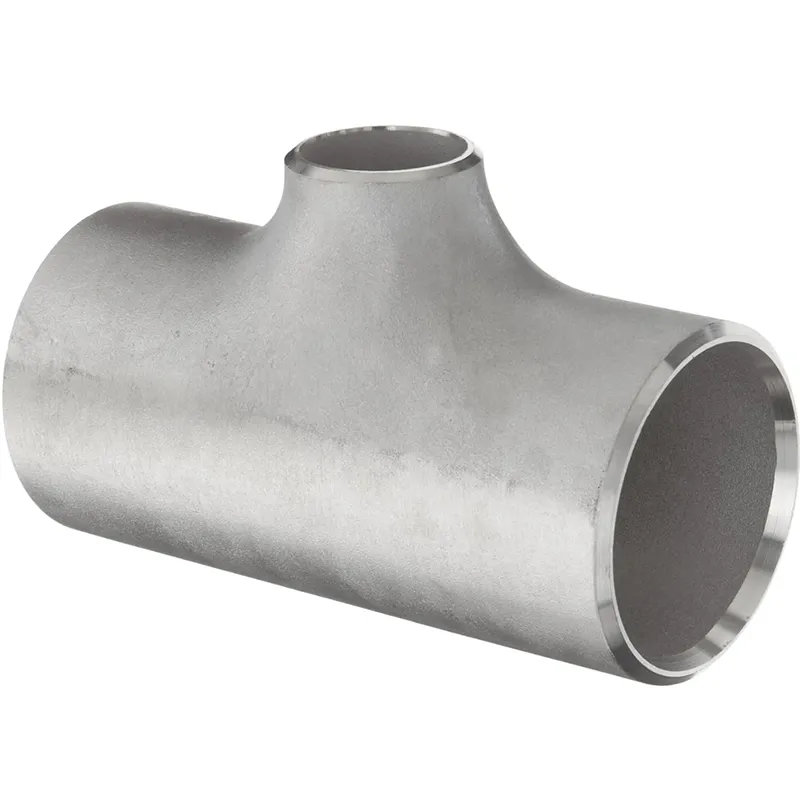-
Cangzhou Yulong Steel Co., Ltd.
-
Phone:
+86 13303177267 -
Email:
admin@ylsteelfittings.com
- English
- Arabic
- Italian
- Spanish
- Portuguese
- German
- kazakh
- Persian
- Greek
- French
- Russian
- Polish
- Thai
- Indonesian
- Vietnamese
- Zulu
- Korean
- Uzbek
- Hindi
- Serbian
- Malay
- Ukrainian
- Gujarati
- Haitian Creole
- hausa
- hawaiian
- Hebrew
- Miao
- Hungarian
- Icelandic
- igbo
- irish
- Japanese
- Javanese
- Kannada
- Khmer
- Rwandese
- Afrikaans
- Albanian
- Amharic
- Armenian
- Azerbaijani
- Basque
- Belarusian
- Bengali
- Bosnian
- Bulgarian
- Catalan
- Cebuano
- China
- China (Taiwan)
- Corsican
- Croatian
- Czech
- Danish
- Esperanto
- Estonian
- Finnish
- Frisian
- Galician
- Georgian
- Kurdish
- Kyrgyz
- Lao
- Latin
- Latvian
- Lithuanian
- Luxembourgish
- Macedonian
- Malgashi
- Malayalam
- Maltese
- Maori
- Marathi
- Mongolian
- Myanmar
- Nepali
- Norwegian
- Norwegian
- Occitan
- Pashto
- Dutch
- Punjabi
- Romanian
- Samoan
- Scottish Gaelic
- Sesotho
- Shona
- Sindhi
- Sinhala
- Slovak
- Slovenian
- Somali
- Sundanese
- Swahili
- Swedish
- Tagalog
- Tajik
- Tamil
- Tatar
- Telugu
- Turkish
- Turkmen
- Urdu
- Uighur
- Welsh
- Bantu
- Yiddish
- Yoruba

Dec . 25, 2024 09:18 Back to list
Exploring PN40 Flange Specifications and Applications in Industrial Piping Systems
Understanding PN40 Flanges A Comprehensive Overview
Flanges are critical components in piping systems, used to connect various segments of pipes, valves, pumps, and other equipment to form a robust and leak-proof system. Among the myriad types of flanges available in the market, PN40 flanges are particularly noteworthy due to their specific pressure rating and application versatility. This article will explore the features, applications, advantages, and considerations surrounding PN40 flanges.
What is PN40 Flange?
The term PN stands for Pressure Nominale, which is a French term meaning Nominal Pressure. It indicates the maximum allowable pressure that a flange can withstand at a specified temperature. The numerical designation following PN denotes the pressure rating, with PN40 indicating that the flange can support a pressure of up to 40 bar (approximately 580 psi) at a standard temperature.
PN40 flanges are typically manufactured from various materials such as carbon steel, stainless steel, and alloy steel, offering a range of corrosion resistance and strength characteristics to suit different industrial applications. The design of these flanges adheres to standards set by organizations like the DIN (Deutsches Institut für Normung) and ISO (International Organization for Standardization), ensuring reliability and compatibility with existing systems.
Applications of PN40 Flanges
PN40 flanges are widely used across numerous industries, including
1. Oil and Gas Due to their durability and pressure-handling capabilities, PN40 flanges are often employed in pipelines that transport crude oil, natural gas, and other hydrocarbons.
2. Chemical Processing In chemical processing plants, these flanges handle various fluids, including corrosive substances, making their material choice essential for process integrity and safety.
3. Power Generation Flanges are crucial for the connections in steam and cooling-water systems in thermal power plants, where high pressures are prevalent.
4. Water Treatment Water supply and treatment facilities utilize PN40 flanges for their plumbing systems, ensuring that systems operate efficiently and safely under pressure.
5. HVAC Systems In heating, ventilation, and air conditioning (HVAC), PN40 flanges are integrated into piping networks to ensure stable fluid flow and efficient thermal regulation.
pn40 flange

Advantages of PN40 Flanges
- High Pressure Tolerance One of the most significant benefits of PN40 flanges is their ability to withstand high pressure, making them suitable for demanding applications.
- Versatility The wide range of materials and designs available allows for customization to meet specific operational requirements.
- Leak Prevention Properly installed PN40 flanges provide a tight seal, minimizing the risk of leaks that can lead to system failures and safety hazards.
- Ease of Maintenance Flanges enable easy access to piping systems, facilitating maintenance and repair without needing to dismantle entire sections of the system.
Considerations When Using PN40 Flanges
While PN40 flanges have many advantages, certain considerations should be addressed
- Material Selection Choosing the right flange material based on the fluid being transported and the environmental conditions is crucial to avoid corrosion and wear.
- Compatibility Ensure that PN40 flanges are compatible with other components in the piping system, such as gaskets and bolts.
- Installation Standards Proper installation practices are vital. Incorrectly installed flanges can lead to leaks and increased downtime for repairs.
Conclusion
In conclusion, PN40 flanges are an integral component of various industrial systems, providing reliable connections that withstand high pressures. Their widespread application across the oil and gas, chemical processing, power generation, and water treatment industries underscores their importance in maintaining operational efficiency and safety. Understanding the features, advantages, and considerations associated with PN40 flanges can aid engineers and technicians in making informed decisions, ensuring the longevity and reliability of their system designs.
Latest news
-
ANSI 150P SS304 SO FLANGE
NewsFeb.14,2025
-
ASTM A333GR6 STEEL PIPE
NewsJan.20,2025
-
ANSI B16.5 WELDING NECK FLANGE
NewsJan.15,2026
-
ANSI B16.5 SLIP-ON FLANGE
NewsApr.19,2024
-
SABS 1123 FLANGE
NewsJan.15,2025
-
DIN86044 PLATE FLANGE
NewsApr.19,2024
-
DIN2527 BLIND FLANGE
NewsApr.12,2024
-
JIS B2311 Butt-Welding Fittings LR/SR 45°/90° /180°Seamless/Weld
NewsApr.23,2024











